Record your guitar at home from $80/£70 with these 3 cost-effective rigs
Strapped for cash? We look into the best ways to get high-quality recordings of your guitar on even the strictest budget
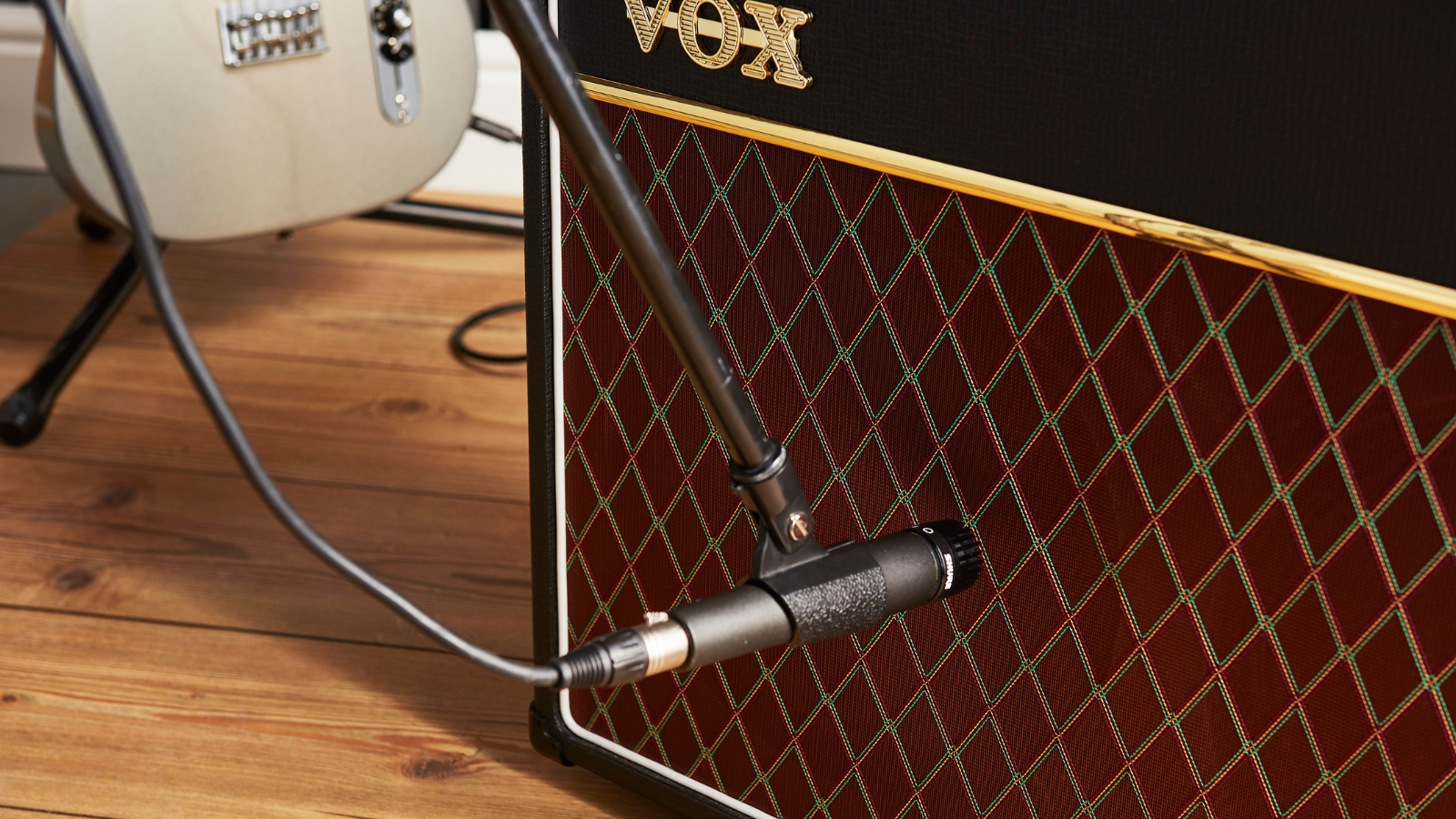
As interest rates soar and the cost of living increases, so our accessibility to music gear decreases. If you’re a beginner, a student, or just struggling to make ends meet with all the responsibilities of being an adult, dolling out hundreds of pounds on a shiny new condenser microphone or 8-input audio interface for your recording exploits just isn’t going to work in our current financial climate.
That craving to record your guitar is a persistent one, and getting your ideas out there is all part and parcel of being a guitarist. Expressing yourself through your instrument is one of the most satisfying parts of being a musician, and whether you just want to share demo ideas with your band, or upload fully fleshed-out recordings to your streaming service of choice, you shouldn't let money come between you and your passion.
If you're yearning to get your ideas out into the world but your budget is tight, then this article is for you. In it, we’ll detail how to get up and recording from just $80/£70 with a mixture of both software based rigs and studio style recording with microphones.
We're assuming here that you have a computer with the minimum specs required to record, but if you don't, have a look at our best laptops for music production or best PCs for music production guides for some more recommendations.
Preparing to record guitar
Before you actually get to laying down those head-banging riffs, you need to make sure your instrument is in good working order. Fresh electric guitar strings are a must and setting up your guitar so it’s playing its best is also crucial.
If your intonation is out, it will show up on your recordings and detract from their quality, as will any noisy pots, dodgy jack sockets, string buzz, etc. To avoid this, ensure your instrument is at its absolute best before you proceed to record, by giving it a proper clean and setup.

It’s not just your instrument that needs to be in good nick either, you need to be playing at your optimum too. This means knowing your songs inside out, which will speed up your workflow and give you the confidence to put down the best possible takes. You shouldn’t be learning the song as you record, it should already be deeply ingrained in your muscle memory.
Want all the hottest music and gear news, reviews, deals, features and more, direct to your inbox? Sign up here.
Finally, you’ll need some monitoring. We’re presuming here that you at least have a set of decent headphones or a friend who can lend you some, as you’ll need to hear what you’re recording! We don’t mean those ancient earbuds that came with your first smartphone either, we mean some proper over ear headphones. You can get yourself a set of budget studio headphones for relatively cheap or if you have a little more cash, there are some great options for budget studio monitors too.
How to record your guitar for under $80/£70
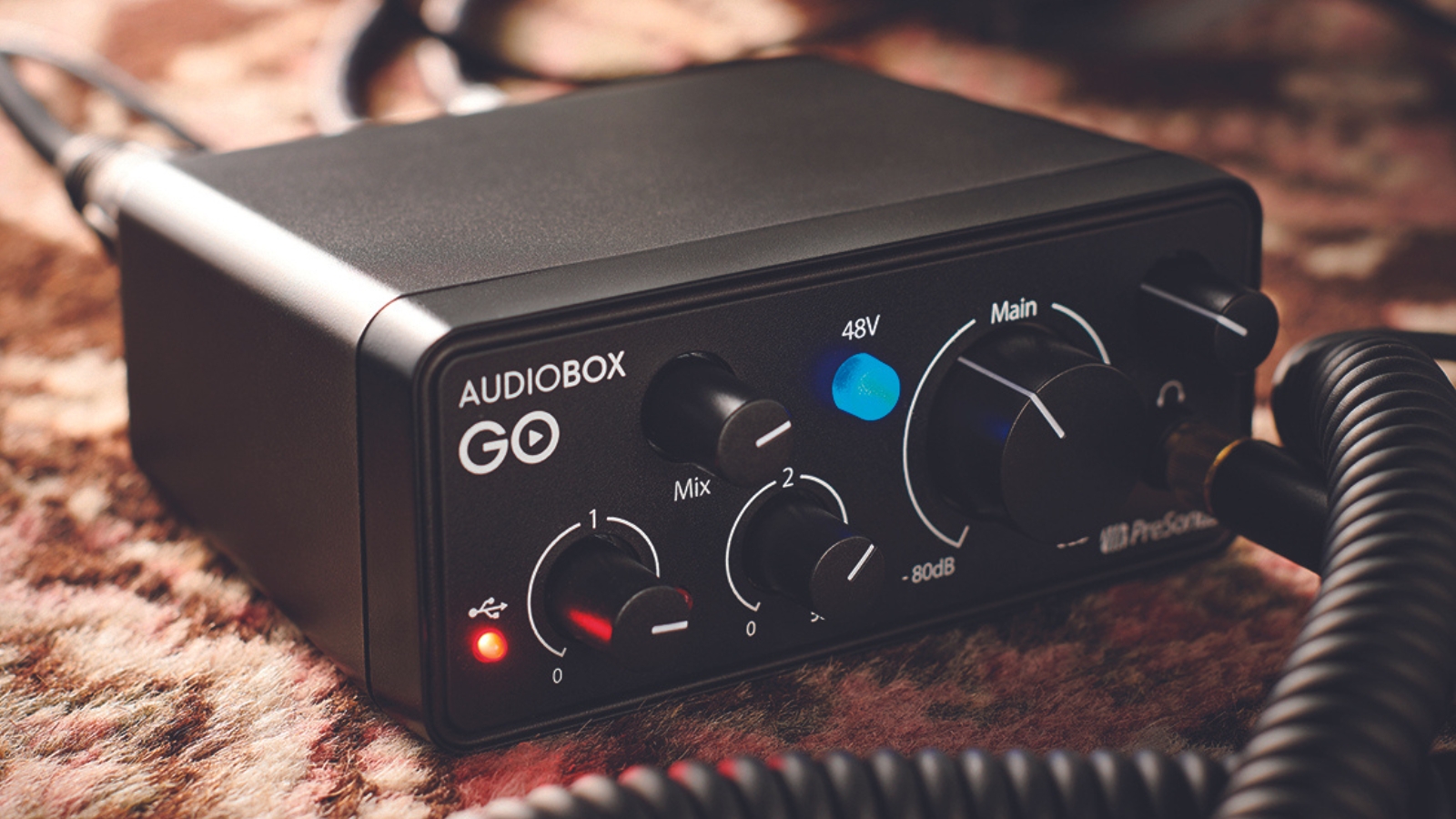
Yes, you did read that headline right - you can get yourself a recording rig for just $80/£70. By utilizing the brilliant, yet absurdly cheap PreSonus Audiobox Go interface, getting yourself a recording rig can cost less than dining out for you and your partner on the weekend.
The Audiobox Go is a deceptively powerful bit of kit with two inputs for a relatively small amount of money. It also includes an excellent bundle of software with PreSonus Studio One Prime and the excellent Studio Magic suite. If you need more convincing on the benefits of this tiny yet powerful audio interface, have a look at our PreSonus Audiobox Go review, where we gave it four stars out of five.
Once you’ve got your audio interface sorted, have a look at our choice of the best free music software to get yourself all the amp modeling software, EQs, saturation plugins, reverb plugins, and pretty much any other bit of music production software you can think of. Supplement your recordings with the amazing sounds of Steven Slate Drums 5.5 FREE and you’ll be well on your way to nailing those recordings for cheap.
How to record your guitar for under $200/£200
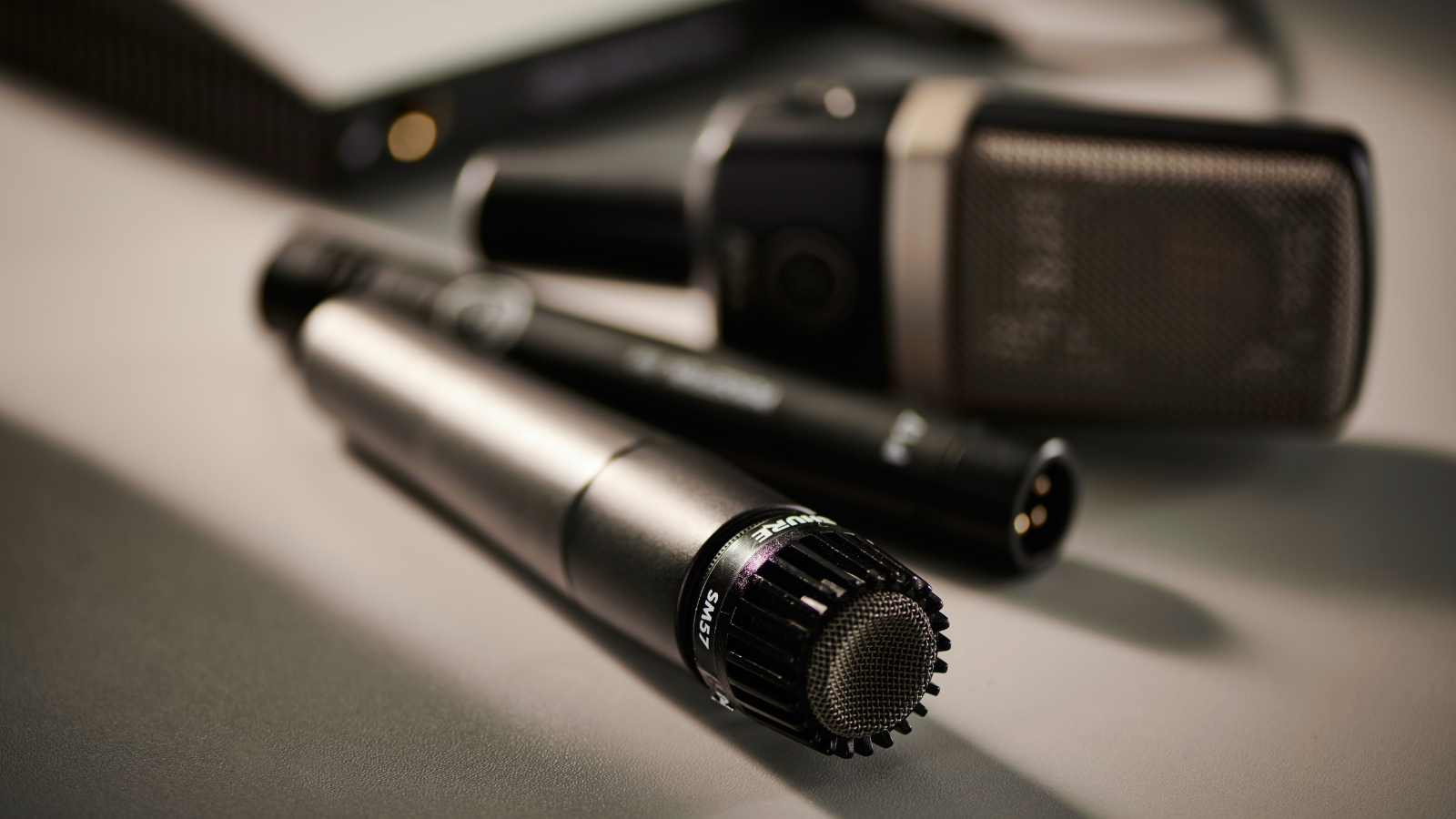
Got a bit more to spend? Well, let's up the quality of things by going for the Native Instruments Komplete Audio 1, which clocks in at around $109/£77. It also handily comes with a bunch of software downloads like the excellent Guitar Rig 6 LE and iZotope Elements suite for all your mixing and mastering needs, as well as some great software synths and effects.
At this price point, you’ve got two options for the actual recording of your guitars. In our opinion, the best option, and certainly the cheapest, is to use an amp simulation software, something like Softube Amp Room which you can get for around $79/£70. Modeling software gives you a lot more options for tones which is great when recording guitars as it allows you to stack different amp sounds to create more in-depth recordings, but a lot of musicians prefer the more natural sound of a mic’d cabinet.

You could keep things traditional and mic up your amplifier with the Sennheiser e609, a favorite of live sound venues everywhere at just $99/£79 - although at the time of writing this is an extra $8 in the US. However, this method allows you to get the sound you’re used to hearing in the room on your recording, pedals, and all. Admittedly it does limit you in terms of overall tones, so you’ll need different guitars and amps to create more professional-sounding recordings or get creative with your mic placement and EQing.
With this option, you’ll need to grab yourself a free version of a DAW too, and pretty much every major company has one, whether it’s Pro Tools Intro, Cubase LE, or Garageband if you’re wanting Mac-specific software. All of these have enough options to get you up and running, so you can save and buy the full version when you’re ready. Many DAWs also offer monthly subscription packages too, if buying outright isn’t affordable for you.
How to record guitar under $500/£500
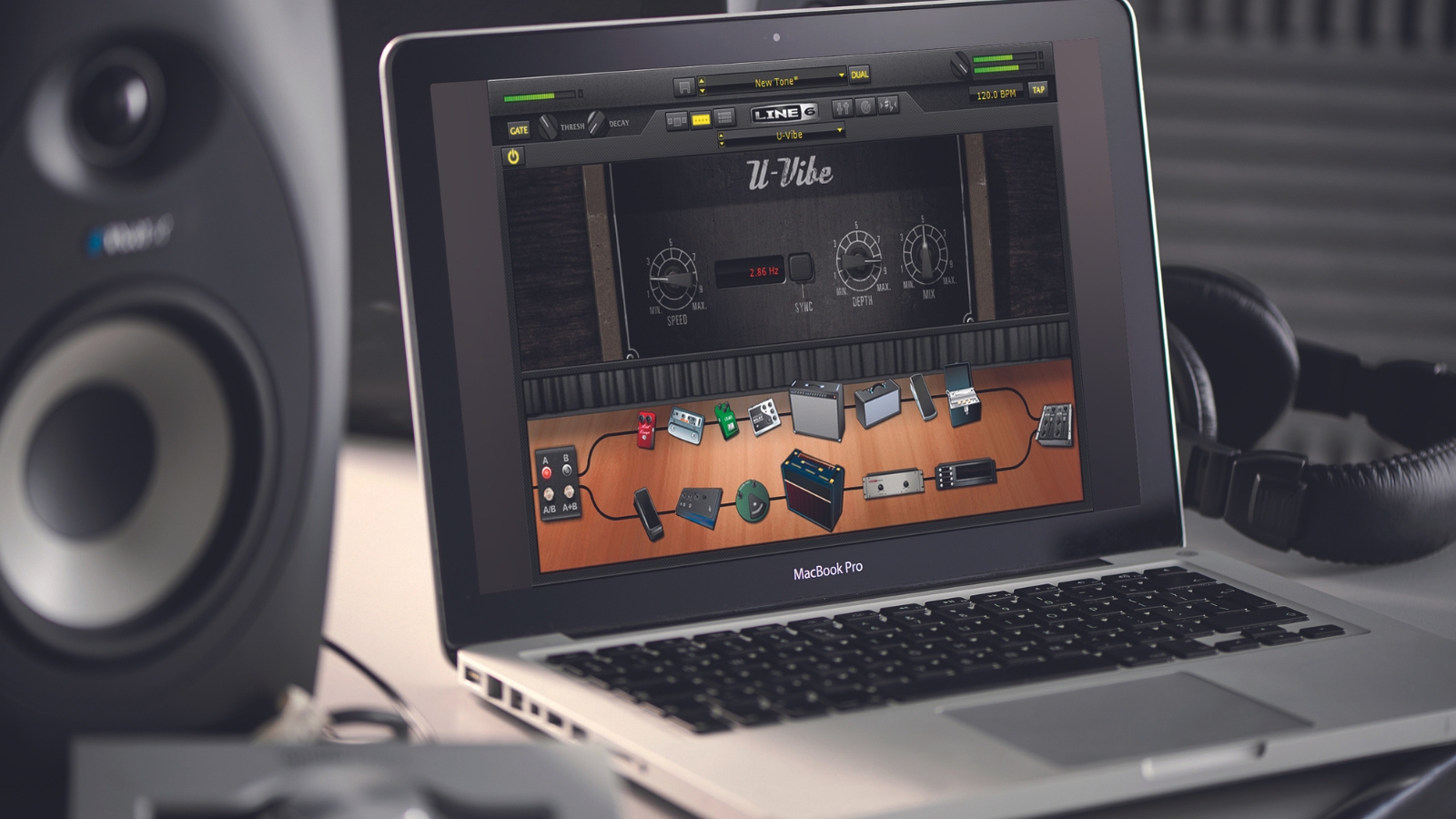
Got more cash to splash? You can go the proper recording route that a pro studio would do for less than $500/£500 these days thanks to some brilliant cheap recording gear. You’ll want to start off by grabbing yourself the Focusrite Scarlett 2i2, which comes with two inputs as well as an excellent complement of software via the Hitmaker Expansion, which features amp modeling, a realistic sounding Addictive Drums 2 rock kit, as well of loads of great tools for vocals, keys, and virtual instruments.
With two inputs you open up your options for traditional recording too. Quite often in pro studios guitar amps and cabinets will be multi-mic’d, using a combination of a dynamic and condenser microphone to capture different aspects of the sound. You can grab yourself the omnipresent Shure SM57 at $170/£120, but it’s often on sale for $99/£99, and the MXL 990 condenser microphone for $99/£80, giving you a dual mic combination that can be utilized in a variety of ways to achieve some great recorded tones.
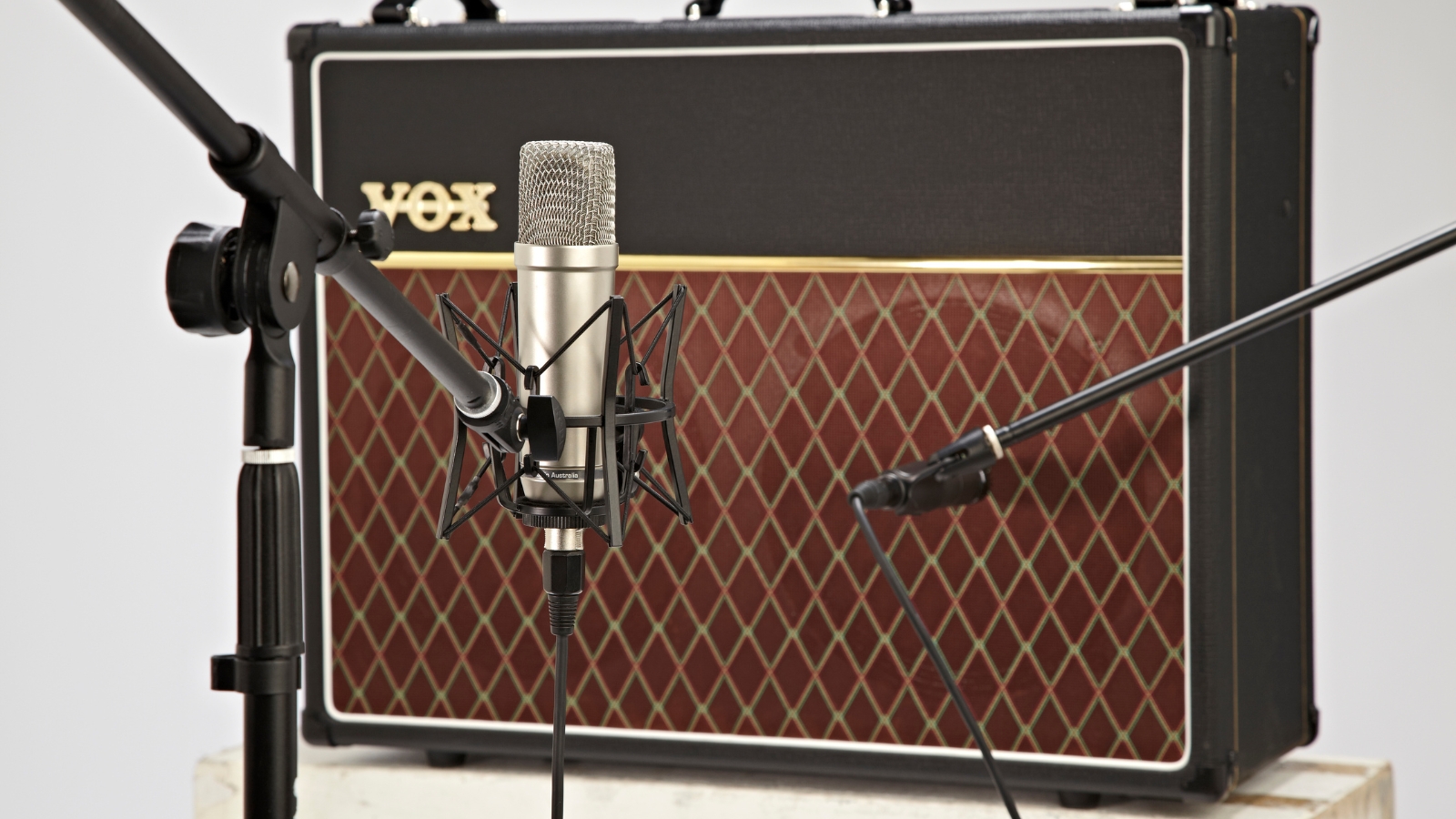
Of course, you could go the amp sim route as well if you want more variety in your tones, opting for the highly versatile IK Multimedia Amplitube 5 software which retails at around $199/£199 but can often be found on sale for $149/£149 or even less. Ampltiube has more amp models and effects than you could ever possibly use, so for us, it’s a no-brainer if a variety of tones is your thing.
There is also another option here, and that’s using a modeling amplifier with USB connectivity. Something like the Boss Katana-50 MkII or Line 6 Catalyst 60 are both available for well under $500/£500 and both will act as the audio interface and your modeling software by connecting directly to your computer.
These options all leave you some extra budget for any extra accessories you might need and depending on which route you want to go, even something like a cheap MIDI keyboard to add more layers to your sound. Once again make sure to supplement your recording efforts with our best free plugins and you’ll be well on your way to getting those ideas out of your head and into people’s ears.
Looking for more recording gear? Check out our buyer's guides
- Get it right at the source with the best dynamic microphones
- Stay in the box with the best guitar VSTs
- For all audio sources check out the best cheap microphones for recording
- Get an all-in-one solution with the best modeling amps
- The best guitar audio interfaces are perfect for six-stringers
- Many of the best multi-effects pedals offer built-in recording options

Matt is a Junior Deals Writer here at MusicRadar. He regularly tests and reviews music gear with a focus on audio interfaces, studio headphones, studio monitors, and pretty much anything else recording-related. Matt worked in music retail for 5 years at Dawsons Music and Northwest Guitars and has written for various music sites including Guitar World, Guitar Player, Guitar.com, Ultimate Guitar, and Thomann’s t.blog. A regularly gigging guitarist with over 20 years of experience playing live and producing bands, he's also an alumnus of Spirit Studios, where he studied studio engineering and music production.